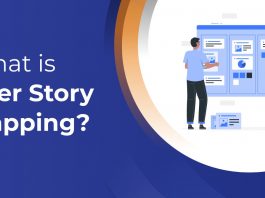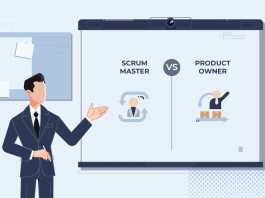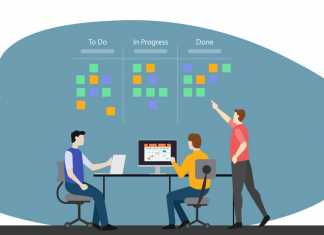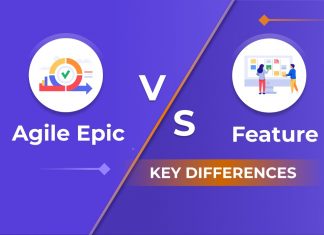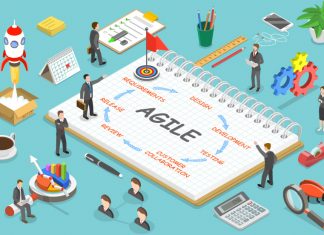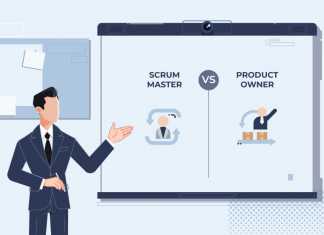Understanding User Stories in Agile Development
User stories are a key component of Agile development, a methodology that emphasizes iterative and incremental delivery, adaptive planning, and flexible response to change. Using user stories in Agile development helps ensure that the...
Understanding Agile Application Lifecycle Management (ALM)
Today, with software products evolving weekly rather than yearly, efficiently managing the end-to-end development lifecycle is a competitive advantage. Agile Application Lifecycle Management (ALM) bridges strategy and execution by integrating people, processes, and tools...
Understanding What Is Agile Sprint Planning
Scrum, the most common Agile software development methodology, is an iterative approach that has the Sprint — the scrum word for iteration — at its heart. Throughout an Agile project, Scrum teams use evaluation...
How Agile is Used in Your Everyday Life for Success
In business, notably in software firms, when people speak about projects, they will usually talk about the underlying delivery methodology they will serve in order to deliver the project actively. That is, they will...
Understanding Epic vs Feature: Key Differences
In Agile project management, recognizing the subtleties among various components is essential in development processes to ensure smooth and efficient workflow. Two integral elements in the Agile framework that often spark discussions and debates...
Key Practices for Agile Change Management Success
Change management is the most important advantage when dealing with agile project development. With that, you can easily accept and implement the changes in the project. Several factors are available that are important to...
Top Agile Project Management Tools You Should Try
There are many Agile management tools available for organizations to choose from. They all offer the most important features for Agile project management, but selecting the one that meets the company’s needs best will...
Key Stages of Agile Transformation for Success
From managing projects to creating development cycles and developing web applications, Agile adoption has taken over many industries. It is a step-by-step means to achieve agility in all teams and projects to create a...
Scrum Master vs Product Owner: Understanding the Differences
Agile methodology has taken over traditional approaches to managing projects. Over the years, it has become a convenient path to move towards progress in an organization. Scrum is one of the most renowned Agile...
Understanding Agile vs. Waterfall: Key Differences
The business world has become competitive today and has transformed dramatically since the advent of the internet. Technology has created a more dynamic and fast-moving business environment and because of this most of the...





